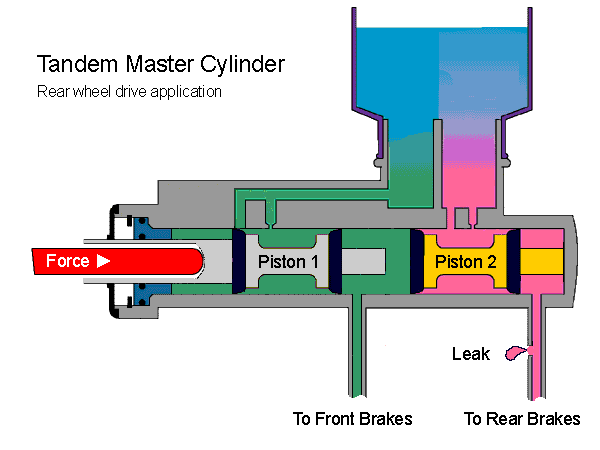Tim Kay
Lifetime Supporter
Getting to final stage of front suspension upgrades and can't seem to get the front brakes to bleed.
<?xml:namespace prefix = o ns = "urn:schemas-microsoft-com<img src=" /><o ></o
></o >
>
The m\c reservoir appears to have two compartments each feeding one booster which are dedicated to either the front or the rear brakes. The forward compartment, which directs fluid to the front booster, is empty and I can’t figure how to get it filled with fluid.<o ></o
></o >
>
<o ></o
></o >
>
Pumping the pedal, holding it down while opening a bleed screw – air comes out but no fluid or fluid level change in the reservoir. Any help?<o ></o
></o >
>
<o ></o
></o >
>
<o ></o
></o >
>
<o ></o
></o >
>
<?xml:namespace prefix = o ns = "urn:schemas-microsoft-com<img src=" /><o
The m\c reservoir appears to have two compartments each feeding one booster which are dedicated to either the front or the rear brakes. The forward compartment, which directs fluid to the front booster, is empty and I can’t figure how to get it filled with fluid.<o
<o
Pumping the pedal, holding it down while opening a bleed screw – air comes out but no fluid or fluid level change in the reservoir. Any help?<o
<o
<o
<o





